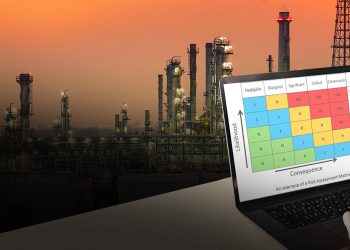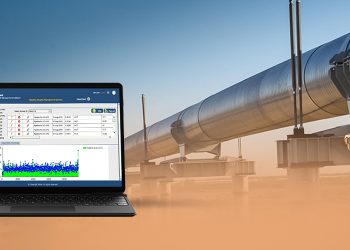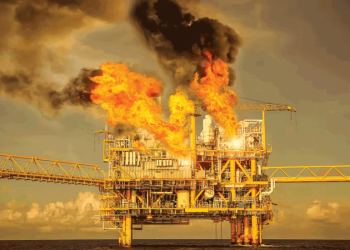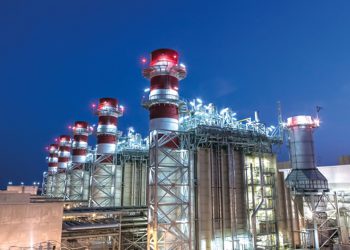Quantitative Risk Assessment (QRA)
Quantitative Risk Assessment (QRA) is a formal and systematic procedure of identifying and evaluating the potential hazards associated with the operations of an engineering process and to demonstrate the risk lies in the ALARP (“as low as reasonably practicable”).
QRA is usually implemented on the basis of major technical hazards leading to potential accident occurrences by using measurable, objective data to decide asset value, probability of loss, and associated risk. A quantitative risk assessment also helps make cost-effective decisions while managing the risks for the entire asset lifecycle.
Velosi has progressive experience in a wide variety of risk assessment and risk management applications. We have successfully carried out several risk assessment cases for various offshore and onshore oil and gas installations using very specialized software.










